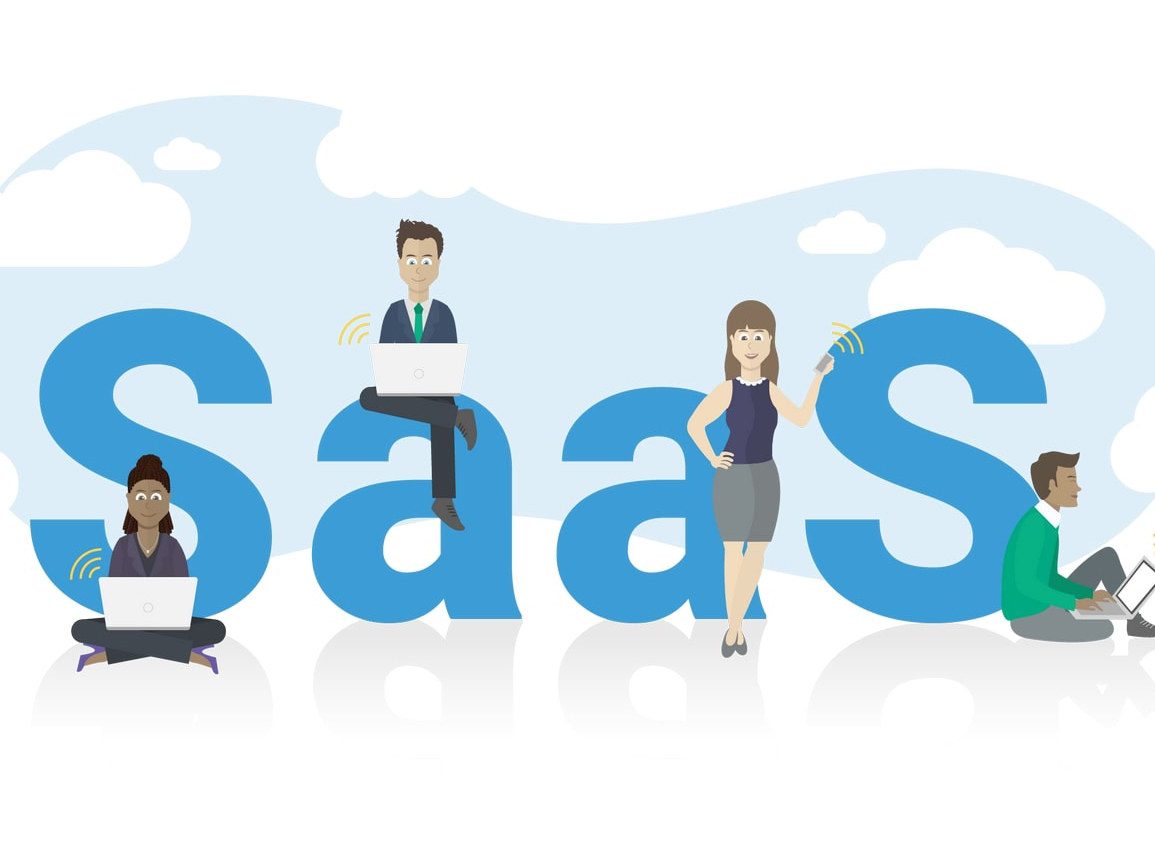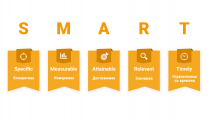1. Get an overview of SaaS
Many companies apply the SaaS model to business management and operations more scientifically and smoothly. First, let's learn the basic information about what SaaS is below.
1.1. What is Saas?
SaaS is an acronym for Software as a Service, which means software services provided. SaaS provides a complete software solution that you purchase at checkout from a cloud service provider.
You will have to lease the license to use this software for your company and your employees in order for them to connect over the Internet. This application is usually used by a web browser or is also provided via a mobile app.
The service provider data center provides all the infrastructure, middleware, application software, and data. A service provider that manages the hardware and software, and with the appropriate service agreement, will ensure the availability and security of your applications and data.
1.2. History of SaaS
SaaS was developed in the late 1950s and early 1960s. In later years, SaaS was researched and developed in terms of computer hardware and allowed for personal use. The cost of SaaS during this time is also less expensive. However, the system of SaaS is still inefficient on a large scale when companies have high requirements for continuous software and hardware maintenance.
In the mid-1990s, the Internet reached new heights of e-commerce transactions. The growth of the Internet then spurred the birth of the “online cloud,” which allows organizations to access software from anywhere.
In 1999, Salesforce perfected SaaS by launching its own CRM customer relationship management software. Thanks to a good start Salesforce quickly became the first superstar in the SaaS space. It remains one of the largest pure SaaS companies in the US. As a result, companies of all shapes and sizes, from young startups to industry giants including Microsoft, Oracle and SAP are eager to focus on building and growing in this direction.
Today, SaaS is ubiquitous. With pure players like Adobe, Salesforce, Shopify, and Intuit leading the way, the SaaS market is expected to reach $145 billion by 2022.

1.3. How the SaaS model works
SaaS works through a cloud delivery model. Software vendors will store all related data using servers, network resources and computer systems to host applications in their data centers. As a result, the SaaS software application is accessible on any device with a network connection.
In addition, your company will not be tasked with software setup and maintenance when applying this model. Which you need to pay a subscription fee to get access. Because this is a ready-made solution for people in the business to use.
In this application-for-business SaaS model, the entity gives you access to a network-based copy of the application they have created specifically. Their source code is of course the same for all customers, and when new features or functions are released, they will be rolled out to all business customers or users.
In addition, companies can integrate the SaaS model with other software using application programming interfaces (APIs). For example, a business can completely rewrite its own software and use the SaaS platform provider's APIs to integrate into it. However, you need to pay a higher cost than the rental price according to the contract.
2. Advantages when applying SaaS model
SaaS platform has the ability to help application units of this model do not need to directly install and run applications on their computer operating systems. This eliminates the costs of purchasing and maintaining hardware, as well as the cost of software licensing or other costs associated with software installation and support.
Other benefits of the SaaS model include:
- Flexible billing: You can convert expenses by budget and prediction more easily. You also only need to pay for what you use based on the feature you require the provider.
- Usability is vertically scalable, with more or less access options.
- Updates automatically and reduces the burden on internal IT staff. With data stored in the cloud, users can access their information from any computer or mobile device. All data is stored and guaranteed to be error free.
- High accessibility and persistence: Because the application is released and managed separately by the vendor, all problems are guaranteed when there is a live team to monitor and adjust.
- Flexible Customization: Software SaaS applications are often customizable and can be integrated with other applications.
3. SaaS Platform Challenges and Risks
3.1. Problems out of control
Problems can arise when the software provider has a service interruption problem. They proceed to impose changes that you may not want to these services or may be the case of a security breach. All of these issues can greatly affect the application of SaaS software under your control. In order for these problems to not exist, you should learn the details of what a SaaS provider's SLA is and make sure it is enforced.
3.2. Customer loses control of versioning
If the software developer updates the new version of the SaaS application, it will be deployed to the entire customer system and common source code. Whether you want to be updated to the new version or not, you still have to accept it. This can cost your company in terms of time and resources to train.
3.3. Difficulty switching suppliers
As with any cloud service provider, switching providers can be daunting. To convert, you have to move a very large amount of data from one management to another. Furthermore, many software developers use proprietary data types and technologies, which do not allow you to integrate with third parties. Therefore, this difficulty can further complicate the transfer of data between different parties.
3.4. Information security
Information security is always an issue that all businesses are most concerned about. It also presents a significant challenge for today's SaaS applications. Therefore, security is the responsibility of the enterprise administration software provider when providing this Saas service. All are charged 50% for reliability if the supplier is not reputable and has no reputation in the market.
4. Development trend of SaaS software in the world
One thing is for sure, companies today use at least one software-as-a-service provided by a SaaS developer. With products that are dominating the technology market such as Oracle, Google, ServiceNow, Microsoft, IBM, etc., Software as a Service software is occupying the leading position in the technology software market.
According to a new report by BCC Research that researches the software-as-a-service market, the SaaS model was valued at $44.4 billion in 2017 and this figure will grow to $94.9 billion by 2022. equivalent to 16.4% growth. This number proves a great potential and opportunity for the development of the SaaS service model.
Companies are currently developing on integrated SaaS Platforms to build a complete apparatus and run companies smoothly. We call SaaS the “new wave” in the market today.












Replies to This Discussion